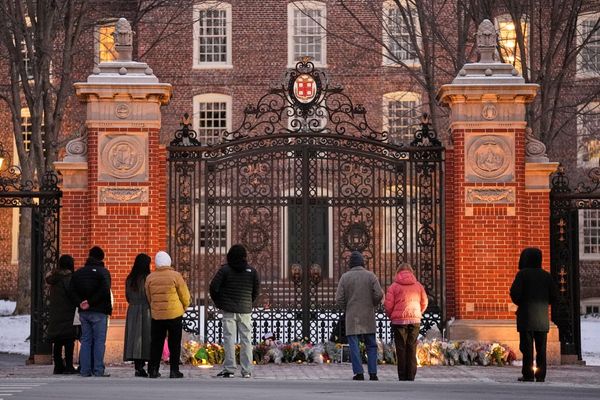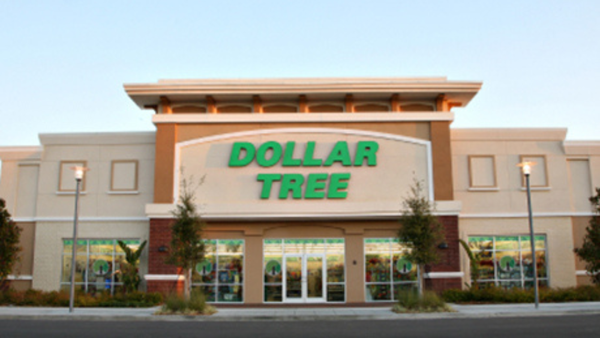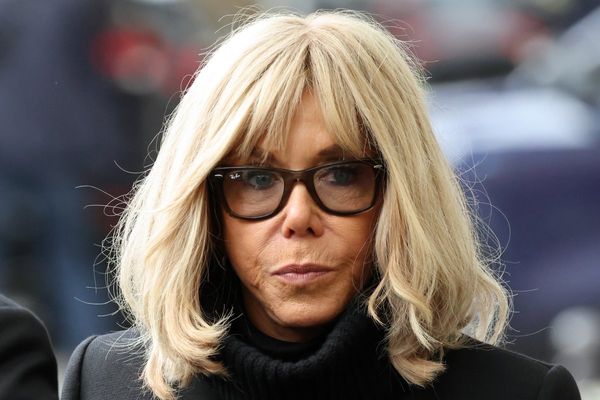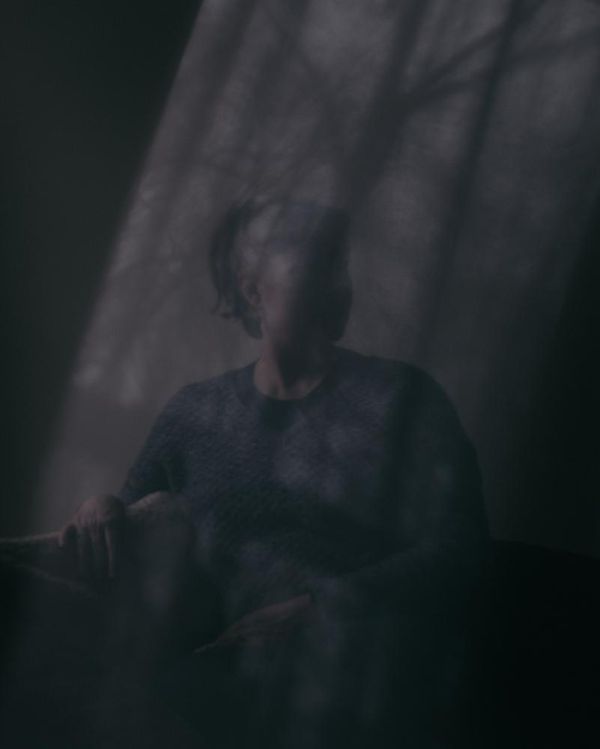
Charles Beare, who has died aged 87, was an international stringed instrument expert and dealer, his name synonymous with an unrivalled knowledge of fine instruments and bows. His expertise was unmatched in the arcane world of violin authentication.
Once seen, an instrument corner, an f-hole, or glimpse of a scroll would often be enough to enable recognition in Beare’s uncanny eidetic memory. He did not need measurements to be able to identify an instrument or bow. “The only way in which you can learn is by seeing instruments with original labels and if people hadn’t taken so many of them out it would be a lot easier,” Beare recalled in an interview.
“Having a photographic memory helps; in fact, you have got to have a photographic memory. I memorise not instrument by instrument but the details of a maker’s work so that if I see something a little esoteric coming through the door I might remember another fiddle like it years ago.”
He was the fourth generation in the family firm of J&A Beare, and under his leadership the shop, then in 19th-century premises in Broadwick Street, Soho, became the heart of London’s violin dealing as well as a magnet for all the greatest players as they migrated from customers to friends.
Beare was known for his close relationships with players such as Nathan Milstein, Pinchas Zukerman, Mstislav Rostropovich, Yehudi Menuhin, Yo-Yo Ma and Jacqueline du Pré – he sourced her 1712 “Davidov” Strad cello, later used by Ma. A lift was installed in the shop to enable Itzhak Perlman to reach his second floor office, although it was helpful for moving the cellos around, too.
The London workshop style, guided by Beare but never dictatorial, was more forgiving than the tight, bright style elsewhere, and high polishing was never included in the finish, just a protective layer for the soft, porous varnish. The style of bridge had a mass to it, and was not thin or “brash” as one workshop restorer recalled. The sound post was further back, and away from the bridge, again for a less forced result.
Restorers, rather than accountants, were key in the approach to running the business (many of whom have gone on to be top restorers and makers in their own right), with Beare articulating that the workshop would not work without the dealing or the dealing without the workshop.
A generous employer, he was mild-tempered, supportive, and uneconomic with deadlines – as much time as necessary was allowed for large undertakings; smaller jobs, perhaps a new bridge or a bow repair for a leading soloist in town, were allocated with more urgency.
There was no hierarchy in the workshop, everyone had their strengths, and this encouraged positive sharing of information. No radio in the workshop, though, except for the Test Match Special, when Beare would pop his head round the corner for updates.
Musicians were always equal in the partnership. Beare himself was a master at setting up an instrument (an art enabling the humblest of instruments to sound at its best), and musicians would be invited to help. The violinist Nicola Loud recalled playing Kreisler’s Praeludium and Allegro as ideal demonstration repertoire, with its steady tempo and the opening lying evenly across all four strings to allow assessment of a balanced sound.
Beare was driven to help musicians and restorers. Instruments were given on lifetime loans; children were lent beautiful smaller-sized examples. Charitable aid was unstinting, for instance in helping the organisation Buskaid, nurturing young musicians in Soweto, South Africa, and in supporting the Loan Fund for Musical Instruments.
He supported young makers, allowing documentation of items in his ownership, and lending instruments and bows to instrument-making courses to further expertise. He regularly visited the students of the Newark School of Violin Making in Nottinghamshire (now under threat of closure). A careful, analytical expert, he welcomed new knowledge for his conclusions and authentication, necessary now for a reliable sale and cataloguing of valuable instruments.
Beare was born in London, the son of a short-lived marriage between Heinrich Adelmann, an acoustical engineer, and Elizabeth Adlitt, a model and seamstress. Elizabeth married William Beare in 1949, and Charles took the Beare surname. In 1950 he won a scholarship to Repton school, Derbyshire. After returning from national service in Cyprus, he received a request from his stepfather to photograph a viola and, enjoying the project, Beare asked if he could be involved in the family business.
He went to the leading European making school in Mittenwald, Bavaria, in 1958. His ability to remember details of instruments was first noticed by the renowned New York dealer Rembert Wurlitzer when Beare worked there in the early 1960s. He sat at the bench next to Simone Fernando Sacconi, learning about new and old instruments and the intricacies of restoration and, with Sacconi, moved towards the idea of allowing the character and condition of an instrument to remain, with minimal interference.
At Wurlitzer’s, Beare saw more than 100 examples of Stradivari and many Guarneris, and this attitude to sharing knowledge later informed the way he managed his company. Restorers in the London shop recall armfuls of a particular maker’s violins being brought from the basement and laid out in chronological order, to give context to the repair of an instrument. “Or just pop down to the basement, third shelf on left,” Beare would say, directing his staff to a rare example of an instrument or bow.
He returned from New York to work at the family firm, first in Wardour Street, before the move to expanded premises in Broadwick Street in 1978. Beare took over as his stepfather gradually retired.
In 1998, Beare created a new venture in partnership with another London dealership. The original family firm was renamed Beare Violins Ltd, while the new company took on the name of J&A Beare. He and his son, Peter, resigned as directors of J&A Beare in 2012. With Peter and his other son Freddie he re-established the Beare business and ethos in Kent, where it thrives in the fifth generation of the family enterprise at Beare Violins Ltd.
He supported the pioneering work of the British Violin Making Association, showing instruments to the writers of seminal catalogue The British Violin, 1998, and then persuaded the Ashmolean Museum in Oxford to host the extraordinary Stradivari exhibition of 21 instruments in 2013, following on from a similar, wider and more important venture in Cremona in 1987, for which he had been made an honorary citizen of the city.
Both exhibitions were accompanied by beautiful catalogues written by Beare, and the Cremona event was supplemented by a more comprehensive book. He finally completed the extensive research on his long-awaited book on Venetian makers, to be published posthumously.
Neither of the Stradivari exhibitions could have taken place without his charm, humour, and persuasion; leading soloists throughout the world were contacted and had their arms twisted to lend their instruments. He was just as familiar a figure in the US, and dealers such as Jim Warren in Chicago testify to his irreproachable reputation, and “an exemplar of what a modern dealer and expert should be”. In 2004 he was appointed OBE.
In 1961 he married Kathleen Day and they had two children, Peter and Sally. The marriage was dissolved, and in 1989 he married Penelope Hills, with whom he had Freddie and Emma. He is survived by Penny and his children, and seven grandchildren.
• Charles Theodore Sydney Beare, stringed instrument authority and dealer, born 22 May 1937; died 26 April 2025







